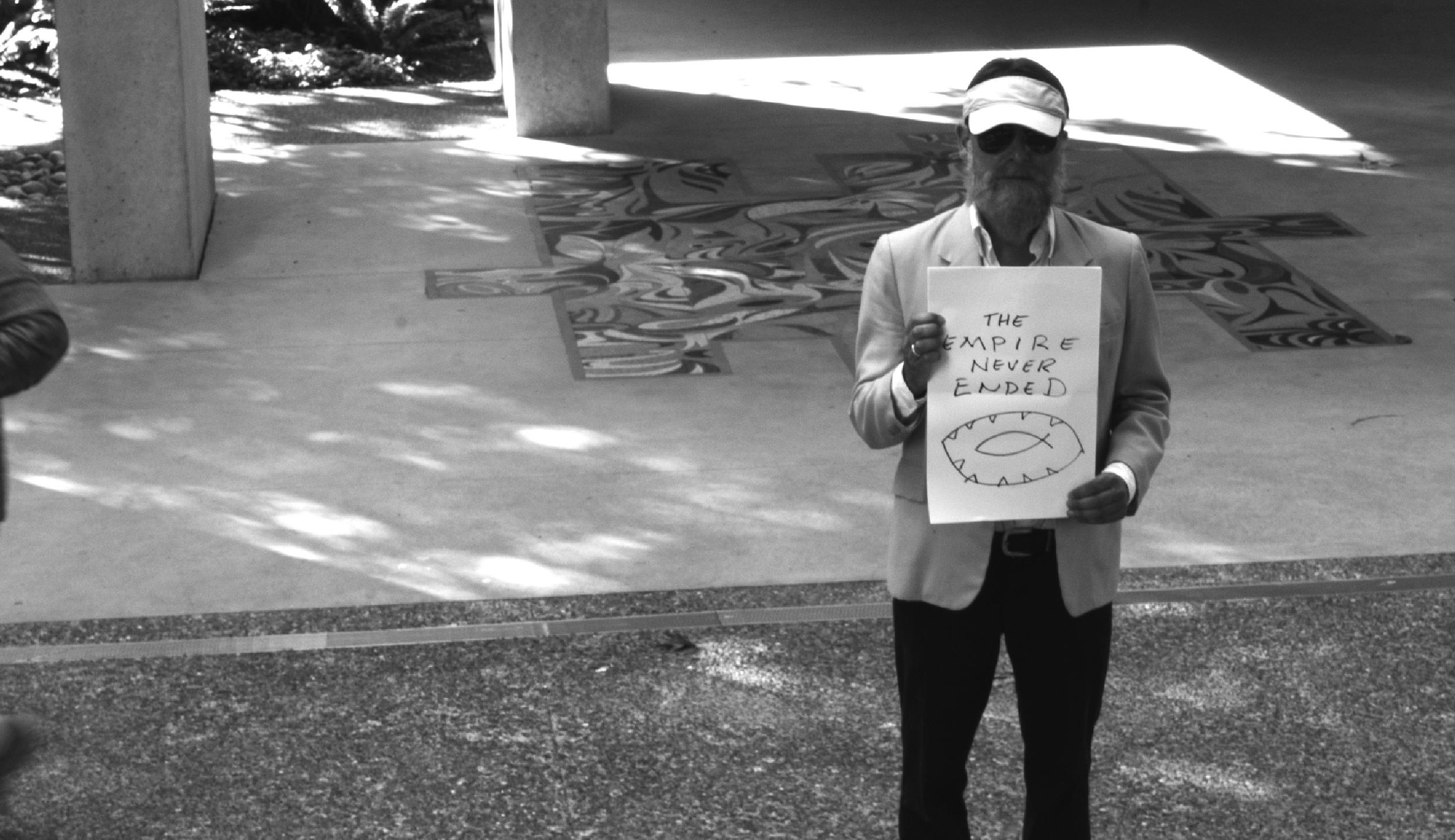
1 minute read
300-WORD STATEMENT
from CUSSANS_02
by UWUoA322021
The Skullcracker Suite (June 2016 - October 2020) is an arts research project engaging the process of decolonization in British Columbia from ethnographic and science fictional perspectives. Named after Hox’hok, the giant man-eating crane of Kwakwaka’wakw legend, the project was conceived as a theatrical allegory for the “permanent decolonization of thought” proposed by the Brazilian anthropologist Eduardo Viveiros de Castro.
The project engages five related intellectual contexts from an arts research perspective: cultural anthropology, decolonization studies, inter-cultural psychology, Kwakiutl ethnography and science fiction studies. It addresses these questions:
Advertisement
• How might a contemporary art research project contribute to the permanent decolonization of thought? • How might science-fiction be used as a way to frame and reflect upon this process? • How has Kwakwaka’wakw potlatch culture informed it?
The first phase of research began as an arts residency in Vancouver investigating the science fiction writer Philip K. Dick’s visit there in 1972 and his stay at an experimental First Nations rehab community called X-Kalay. Historical and scholarly research was conducted performatively within a research installation staged inside a contemporary art space on unceded First Nations territory. This culminated in a multi-component portfolio of works.
Through a close reading of Dick’s writing in relationship to Kwakiutl ethnography and De Castro’s Cannibal Metaphysics, I drew a thematic correlation between Dick’s pre-occupation with his deceased twin sister and the motif of the Salmon Twins in Kwakwaka’wakw mythology. This connection was consolidated through the analogy of Dick’s Fomelhaut Albemuth diagram and a print design by the Kwakwaka’wakw artist and Indigenous activist Beau Dick. This would lead to my writing a catalogue essay for Beau’s posthumous exhibition Devoured by Consumerism.
Through Beau I was invited to attend the potlatch of Chief Alan Hunt in September 2016. The entire ceremony was documented and edited sections disseminated via YouTube in 2018.



